In this article, I discuss some tips to help you stay fit by cycling during winter.
A few years ago, I was frustrated. My big riding goal for the year was a sub-10 ride at Peaks Challenge Falls Creek, but I felt like I was on the back foot with my training throughout spring and summer.
I wanted to feel like I was on top of the gears, as though I was “riding without a chain”. The feeling I get when I go out for my longer rides and the km pass quickly without effort.
I vividly remember my first ride one early spring day with the locals from Mansfield to Whitfield and then back. It’s a 130km ride with over 1,700 vertical meters of climbing. I got to the 80km mark, and I had nothing. For the final 50kms, I rode on fumes and mental willpower. When I got home, I slept all afternoon. I got up in the evening and posted on my Facebook page just one word… “Wrecked”.
The reality was I was spending all of my time just trying to find some form. While on the bike, I grappled with the sense that it was all just hard work. And, if this wasn’t bad enough, all of my cycling buddies were riding away from me up the hills. They were people I should have been able to keep up with.
That “feeling I get when I’m fit” never came until three weeks after Peaks Challenge Falls Creek, just too late in the season. It could have been better, much better, in fact. I felt a bit ripped off. Last year I was frustrated. But it wasn’t the end of the world, and it was something that I could easily fix with some patience.
So how could someone with a full-time job helping coach cyclists to ride faster get it wrong?
It all started about this time last year. I’d just fallen off a mountain bike in Forrest and was recovering from a broken arm. So… my riding didn’t really start seriously until a few weeks before our November Bright Training Camp. Our big “tree change” move to Mansfield and my work commitments took up a lot of time. Then I had to skip the Around the Bay ride as I spent the week with Cycling Australia in Adelaide. Next was the Great Victorian Bike ride. I had a ball. It was the first time since I broke my arm that I was able to get in a good block of training. Adelaide’s Tour Down Under was followed by another Bright Training Camp hosted in February, two weeks before the Peaks Challenge Falls Creek. I was riding well, but my training load leading up to Peaks challenge Falls Creek was just too great, and it all finally caught up with me.
The year before, I rode a 10:58 for Peaks Challenge Falls Creek. Considering I really only did enough training for a sub-13-hour time, it wasn’t a bad result. It was understandable but still disappointing. I just wasn’t fit enough at the start of the season to manage the volume of training needed on the limited time that I had available.
So how could I have done this better? The solution was simple. I should have been doing maintenance training during the winter to ensure that when I got to summer, I was able to ramp it up quickly without having to start from scratch.
Riding during winter can be very beneficial. It not only keeps you at a good level of fitness so you can step into your summer riding without too much effort, but it also helps you with other things like managing your weight efficiently. By being active during winter, you’ll reduce the aging process and become more resilient to the colds and flu circulating around at this time of year.
Here are some tips to help you with your riding and fitness during winter.
Have a Goal.
The first thing is to have a solid riding goal like the L’Etape Australia, Peaks Challenge Falls Creek or a European Trip mid/late in the Australian winter. This will help you have a good enough reason to train. It’s very powerful in motivating you to get up and ride or exercise on nice days because it provides you with a strong purpose. I know that people often rabbit on about goal setting, but this is really important. Our most successful clients are the ones with strong goals.
Ride to work.
Never underestimate the power of base training. Riding to work is a great way to keep fit; in some cases, it can save time and money. Base training helps you build your aerobic capacity, and you’ll see a huge difference in your fitness in summer again just by keeping your riding regular during winter.
Check out the shower faculties at your office before winter starts so that you know where they are and whether you’ll need anything special to gain access to them. I used to travel to work on the train one of the days of the week, and I would take all my work clothes for that week with me. This would free me up to commute to work on my bike the other days.
Get warm cycle clothes & the right gear.
It helps a lot if you are set up for it with the correct equipment and clothing. You’ll need a great set of lights. Putting mudguards on your bike will help you keep much dryer on the bike, and investing in an excellent waterproof but breathable rain jacket and warm booties, and gloves will help you tremendously.
Purchase a warmer “fleecy” cycling jersey and invest some money in two or three Merino Wool base layer tops. These are great because they keep their warmth when wet.
Commute on bike paths that are separated from the road.
Look for bike paths to commute on during winter to make it safer. Riding in the dark when wet is more dangerous than at other times. If you need to ride on the road during these times, be extra alert of the traffic around you and always ride with a bright head and tail light for safety. Keep off the painted lines on the road as much as possible if it’s wet or frosty, as they can be very slippery.
Seek out other winter activities for cross training.
If the weather is bad investigate other alternative activities that you can do at the weekend, like swimming, running, walking, mountain biking or going to the local gym and doing a cross fit or indoor cycle training class. Have a bit of a plan before the weather turns bad, and set yourself up for it. You could look at signing on at a local gym or aquatic centre, joining an outdoor club or learning a new winter pastime that involves getting out into the “fresher” air. Make sure you research and invest in good quality clothing and equipment for your winter activity to make it as comfortable as possible. Winter is a great time to cross-train so take full advantage of it and plan activities that get you out of the house so you can stay active and fit.
Well, I hope that this has provided you with a bit of inspiration to keep you thinking about what you’ll do over winter to stay fit and healthy.

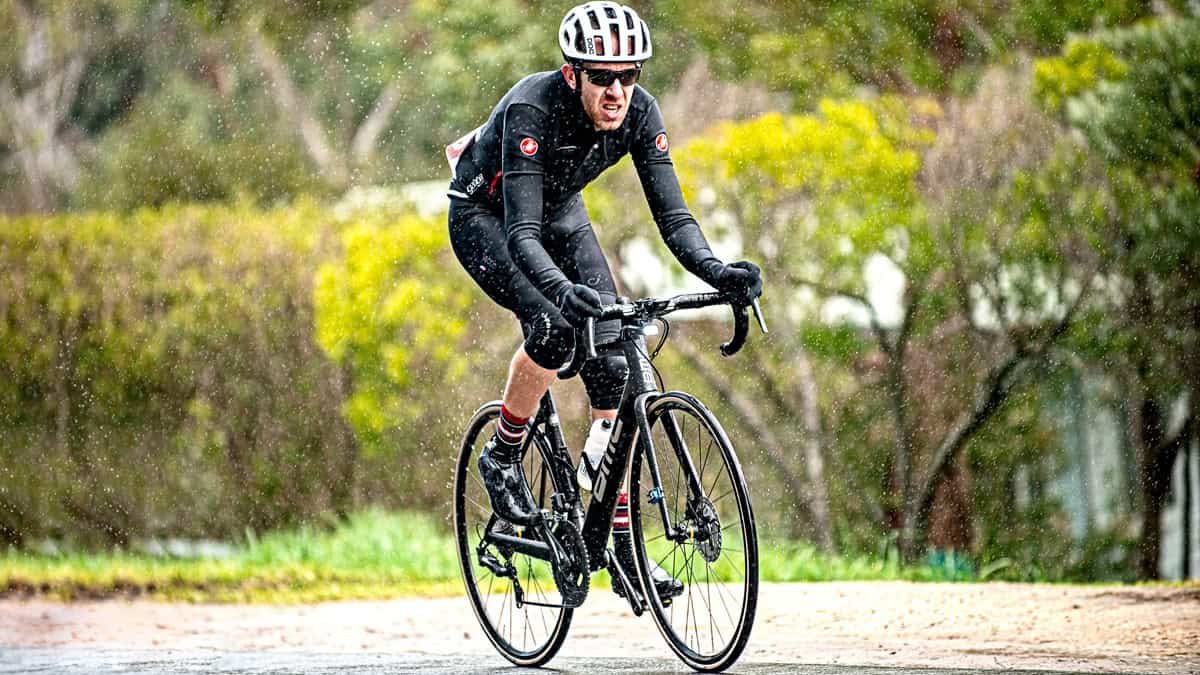
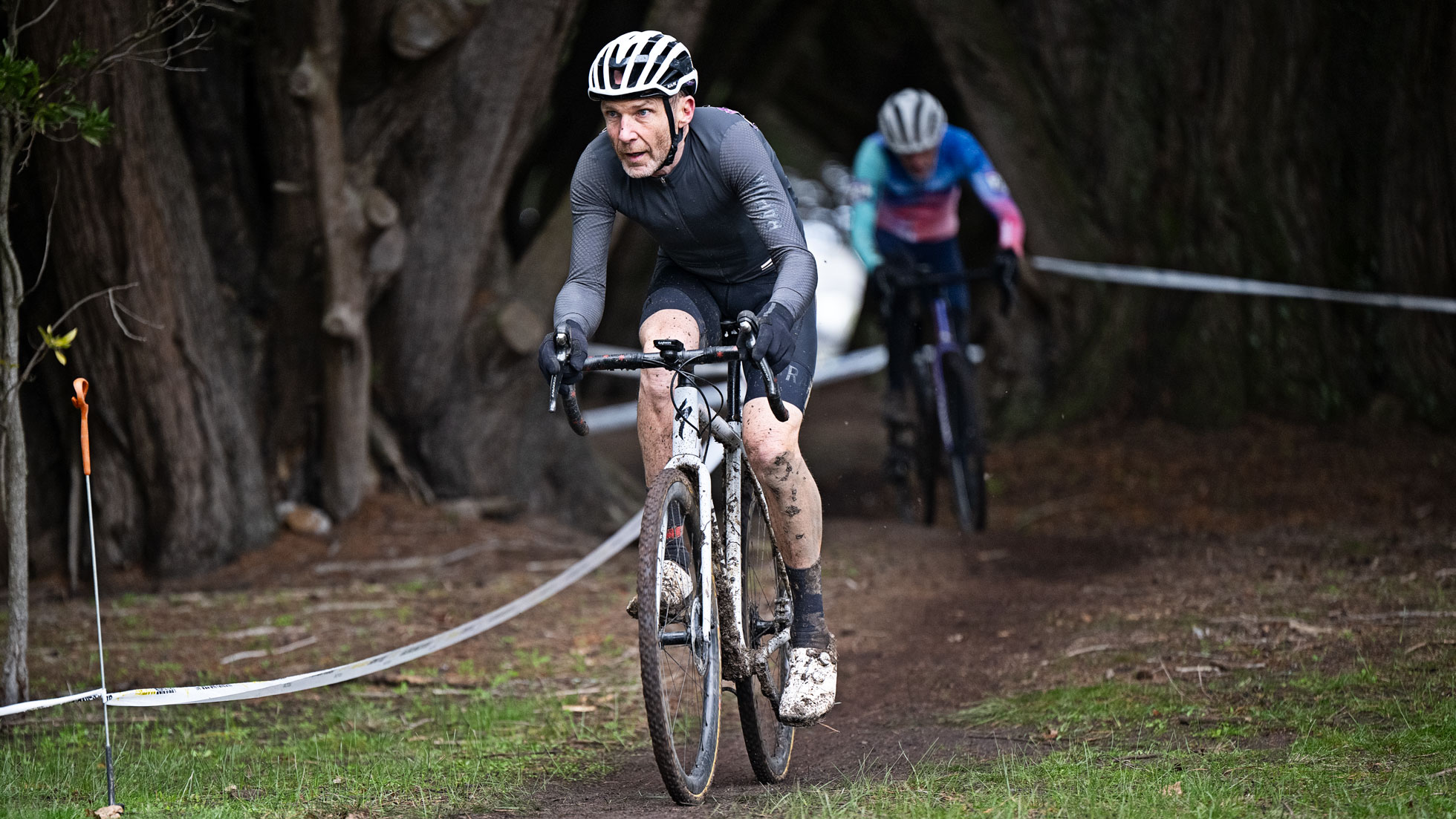
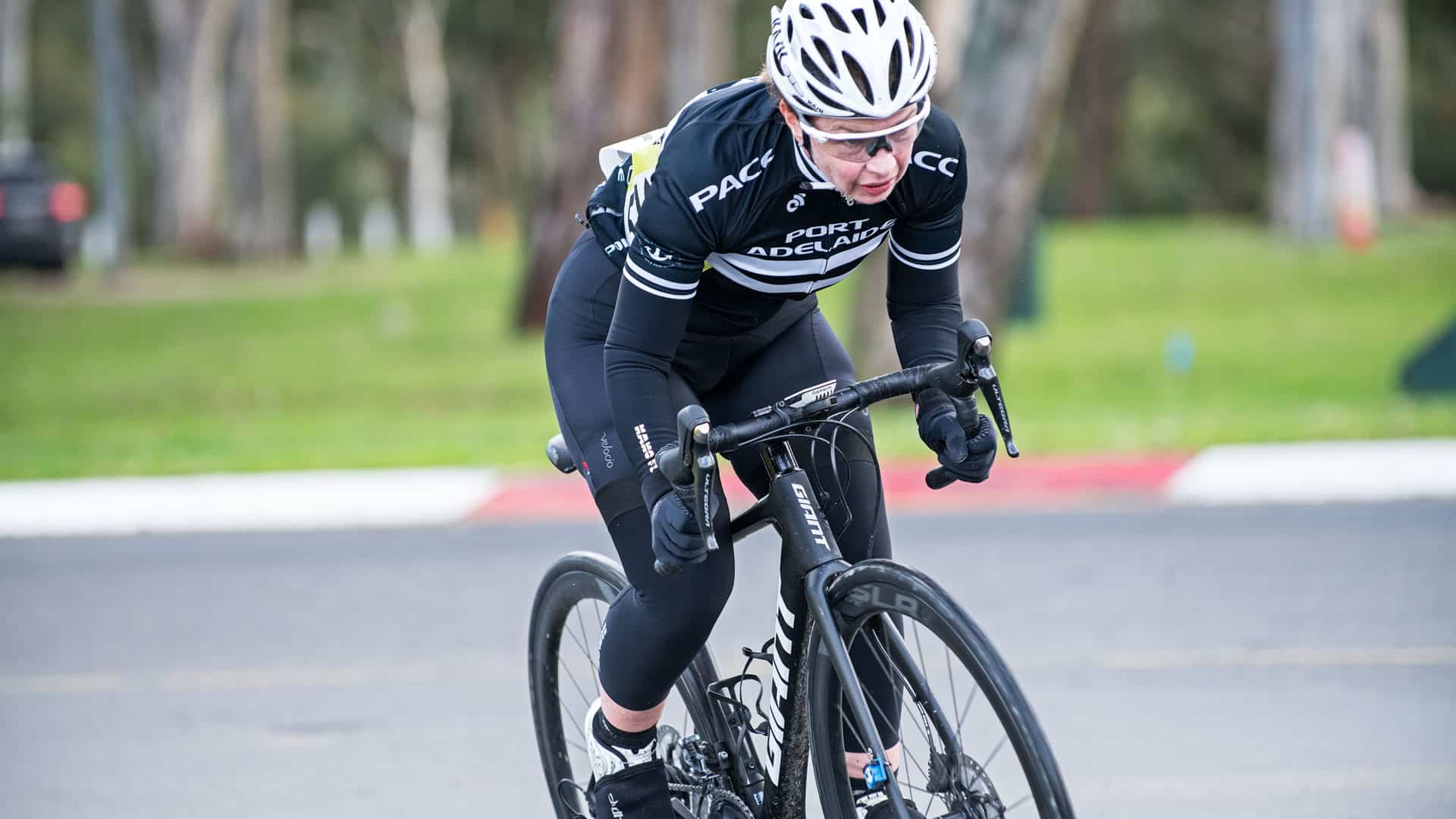
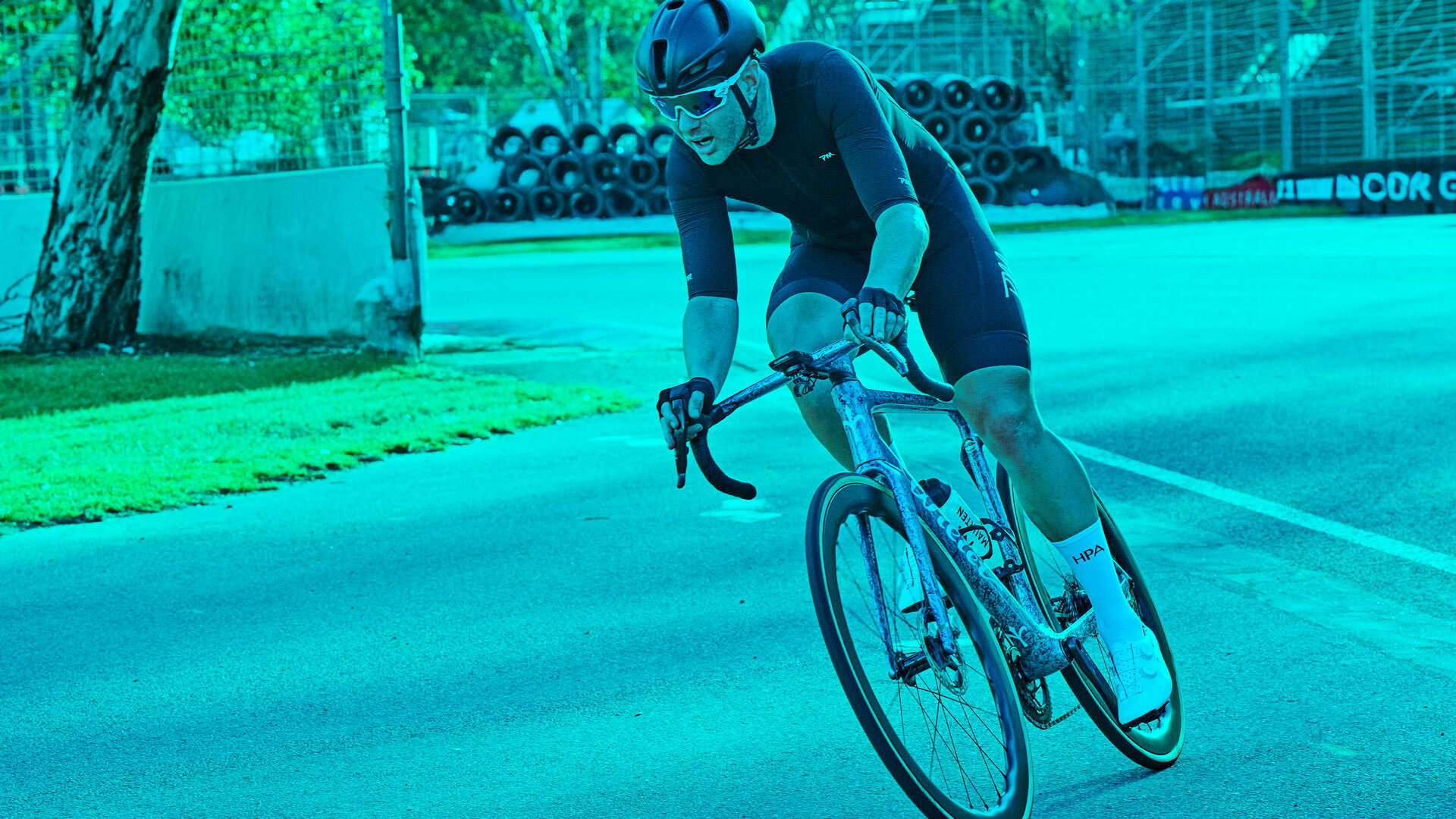
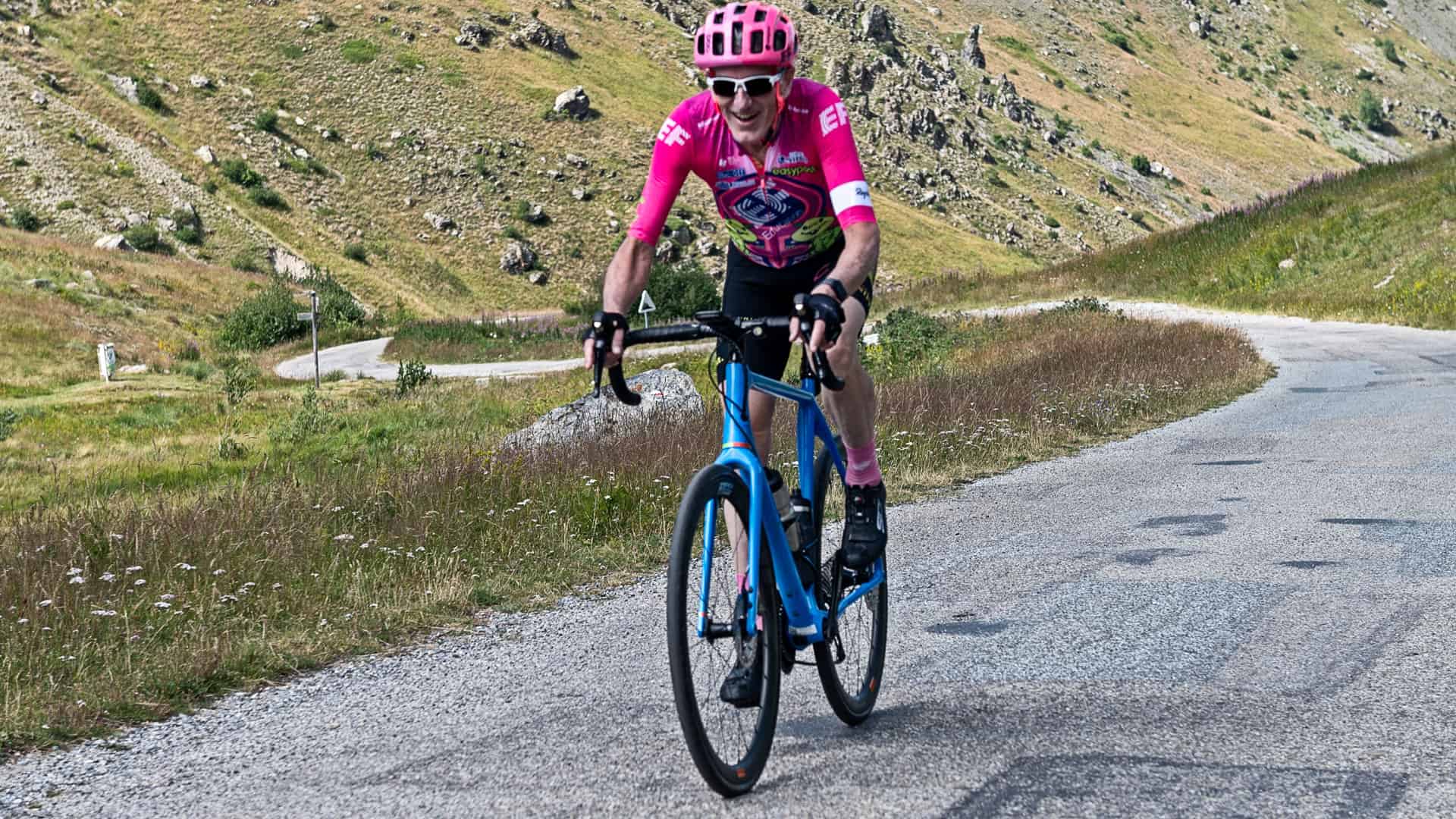
Leave A Comment